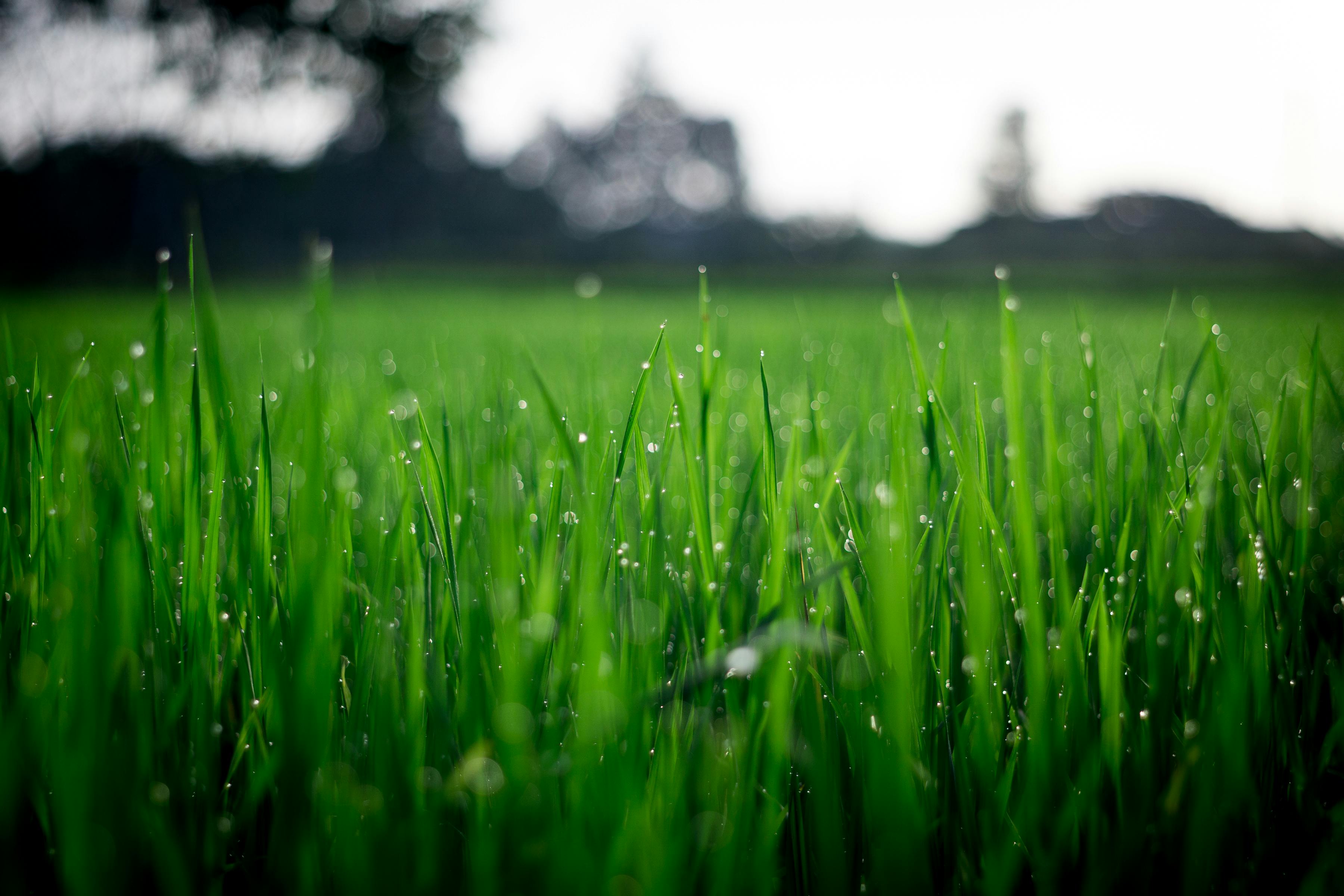A Guide to Professional Lawn Preparation for Spring in Texas
As the winter season gradually relinquishes its hold on the Texan landscape, February presents an opportune moment for conscientious homeowners to initiate meticulous preparations for the impending spring resurgence. An impeccably maintained lawn not only elevates the aesthetic allure of your property but also contributes substantively to the ecological equilibrium. In this discourse, we present a systematic and professional guide on priming your Texas lawn for the forthcoming spring season, ensuring optimal health and vitality.
Holistic Lawn Assessment: Commence the preparatory process by conducting a thorough evaluation of your lawn. Scrutinize for telltale signs of thatch accumulation, soil compaction, and any manifestations of potential maladies or pest infestations. This preliminary examination serves as the bedrock for targeted and effective lawn preparation.
Debris Clearance with Precision: Methodically eliminate all detritus, including leaves and branches, that may have amassed on the lawn during the winter hiatus. The judicious act of raking not only fosters air circulation but also mitigates the risk of disease proliferation.
Strategic Soil Aeration: Mitigate soil compaction, a prevalent concern in Texan landscapes, by employing a reputable lawn aerator to facilitate the permeation of air, water, and nutrients to the grassroots. This deliberate step lays the groundwork for a robust and resilient lawn.
Precision Fertilization: Opt for a premium, well-balanced fertilizer tailored to the specific requirements of your grass type. The application of fertilizer in February furnishes the grass with essential nutrients, engendering an environment conducive to early spring rejuvenation.
Meticulous Overseeding: Augment the density of your lawn by engaging in a meticulous overseeding process. Select a grass seed variant harmonious with your existing turf and uniformly distribute it across the lawn. Consistent watering is imperative for the establishment of the new grass.
Pre-emptive Weed Management: Safeguard your lawn from the advent of weeds by judiciously applying a pre-emergent herbicide. Given the proclivity for warm-season weeds in Texas, timely intervention in February ensures preemptive control, adhering strictly to product guidelines.
Irrigation Optimization: Systematically evaluate and fine-tune your irrigation system. Adjust the watering regimen in accordance with the distinct needs of your grass and the evolving weather patterns in February. Adequate hydration is indispensable for the cultivation of a resilient and flourishing lawn.
Pest Vigilance and Mitigation: Conduct a vigilant inspection for signs of pest infestations such as grubs or insects. Deploy suitable insecticides as a preventative measure, preempting potential threats to the nascent growth of your grass.
Prudent Pruning and Trimming: Exercise diligence in trimming any moribund or damaged branches from surrounding shrubs and trees. Pruning, when executed judiciously, augments sunlight penetration, fostering a healthier and more vibrant lawn.
Meteorological Monitoring: Remain apprised of prevailing weather conditions. Anticipate and shield your lawn from unanticipated late frosts by employing protective measures such as covering sensitive plants and burgeoning seedlings.
This meticulous and professional approach to February lawn preparation establishes the groundwork for an aesthetically pleasing and resilient turf as the vernal season unfolds in Texas. Consistent maintenance, coupled with an astute understanding of your lawn's distinct requirements, ensures the sustained exuberance of your grassy canvas throughout the imminent warmer months. By meticulously adhering to these practices, you are not only nurturing your lawn but also cultivating an enduring testament to your commitment to environmental stewardship and horticultural excellence.
Moreover, the benefits extend beyond the visual appeal, encompassing a positive impact on the overall ecosystem. A well-maintained lawn plays a vital role in carbon sequestration, air purification, and temperature regulation. It serves as a microcosm of environmental harmony, contributing to the creation of a healthier and more sustainable living space.
In embracing these professional lawn care practices, you are not only enhancing the beauty of your property but also becoming a steward of nature. As the first blooms of spring grace your meticulously prepared lawn, the dividends of your dedication to precision and care will be evident in every blade of grass, creating a verdant testament to the intersection of expertise and environmental responsibility.


